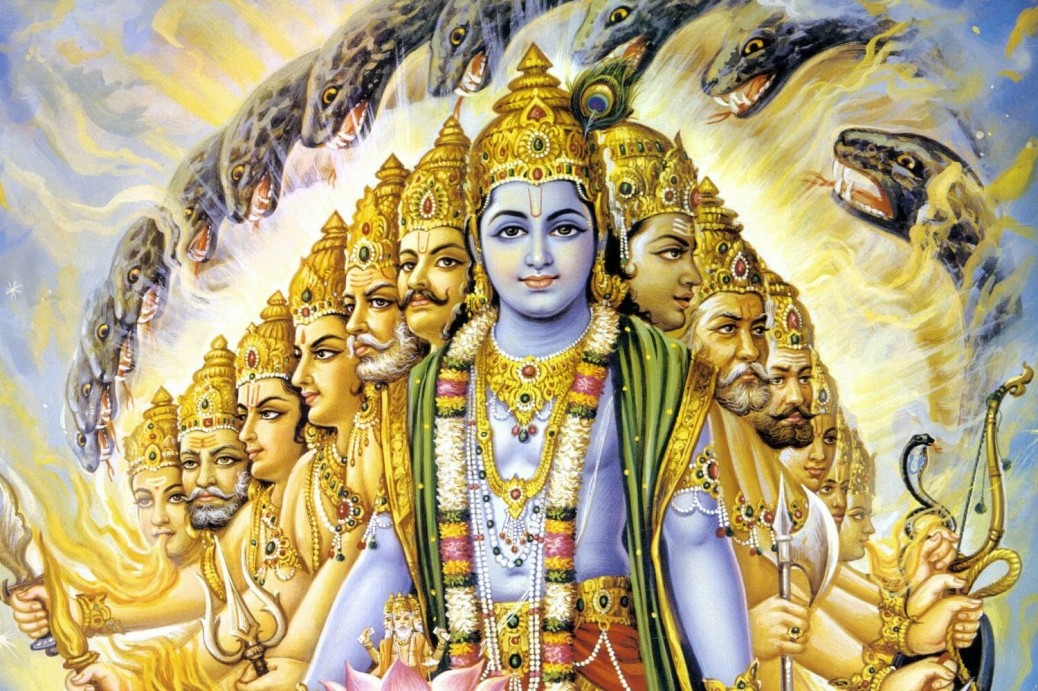My Choice – In Gita Verse 18.38 That happiness which is derived from contact of the senses with their objects and which appears like nectar at first but poison at the end is said to be of the nature of passion.
Bhagavad Gita Verse 18.38 elucidates that the happiness derived from the interaction between the senses and their objects, which initially feels like nectar but ultimately turns into poison, is characterised by the nature of passion, or Rajasic happiness. This form of happiness is transient and dependent on external stimuli, leading to eventual dissatisfaction and sorrow.
To comprehend this concept, it is essential to understand the distinctions between different types of individuals and their approaches to meditation and patience. A person who engages in meditation without patience is considered Rajasic, while someone who possesses patience without meditation is termed Tamasic. In contrast, an individual who balances both patience and meditation is regarded as Satvik. This balance is the essence of Krishna’s teaching on the nature of Satva.
Rajasic individuals are often restless, unable to pause or wait, constantly in motion without the ability to find stillness. This lack of balance between energy and patience prevents them from achieving true contentment. When energy akin to that of a Rajasic person is combined with the patience of a Tamasic individual, a harmonious blend of meditation and patience is achieved, leading to the emergence of Satva, or pure goodness.
Meditation devoid of patience cannot establish a firm foundation, just as patience without meditation is merely idleness. The path of a Satvik individual contrasts sharply with that of a Rajasic one. Initially, the pursuit of Satvik happiness may seem arduous and filled with challenges, akin to penance. Practices such as meditation, prayer, and worship may not appear immediately rewarding. However, those who persevere through these initial trials are ultimately rewarded with profound and lasting happiness.
Satvik happiness emanates from within, unlike Tamasic happiness, which extinguishes the inner light, or Rajasic happiness, which is sought through sensory and bodily experiences. The primary distinction between Satvik and Rajasic happiness lies in their temporal nature: Rajasic happiness brings immediate pleasure followed by sorrow, while Satvik happiness involves initial struggle leading to enduring joy.
Krishna’s teachings emphasise that true joy is spiritual and fundamentally different from mere pleasure or happiness, which are often tied to external factors. Genuine joy is an inner phenomenon, independent of external circumstances. To attain this state, one must cultivate the ability to live in the present moment, free from the burdens of the past and the anxieties of the future. The past is gone, and the future is yet to come; dwelling on either is to live in a non-existent reality, leading to misery and a disconnection from the present.
To transcend the nature of passion, which is derived from sensory interactions, one must adopt a mindful approach. In any situation, before reacting with happiness or unhappiness, pause and assess the potential for joy. There is always something to be grateful for, just as there is always something to lament. The world is a mix of thorns and flowers, and it is up to the individual to choose their focus. This choice determines whether one experiences heaven or hell, as both are self-created.
A common question arises: Can one truly be the source of their own happiness? The answer lies in meditation, which involves sitting silently, doing nothing, and experiencing joy without any external cause. A meditator’s happiness is self-generated, not dependent on external factors. In relationships, people often believe their happiness comes from the other person, but in reality, each person’s happiness originates within themselves and is shared with the other.
Meditation teaches us to live in the present, free from ambition and desire. By doing so, one attains a state of unshakable happiness, immune to external influences. This realisation leads to a profound sense of fulfilment and eternal life.
A true seeker takes full responsibility for their state of being. Whether experiencing sorrow, happiness, tranquillity, or restlessness, the seeker acknowledges their own role in creating these states. This mindset transforms the perception of mishaps and challenges, recognising that they are self-imposed and can be altered through conscious choice.
The essence of spirituality is taking responsibility for oneself. By understanding that suffering is a personal choice, one can decide to let it go and choose happiness instead. This realisation empowers individuals to create their own happiness, independent of external circumstances.
A Sufi mystic, known for his perpetual happiness, once shared his secret: every morning, he would meditate for five minutes and consciously choose to be blissful. This simple yet profound practice highlights the power of choice in determining one’s state of mind.
Ultimately, Krishna’s teachings advocate for choosing blissfulness, independent of past or future events, and not derived from sensory interactions. This choice leads to a state of eternal happiness and fulfilment, transcending the transient pleasures and sorrows of the material world.
Tags: My Choice




